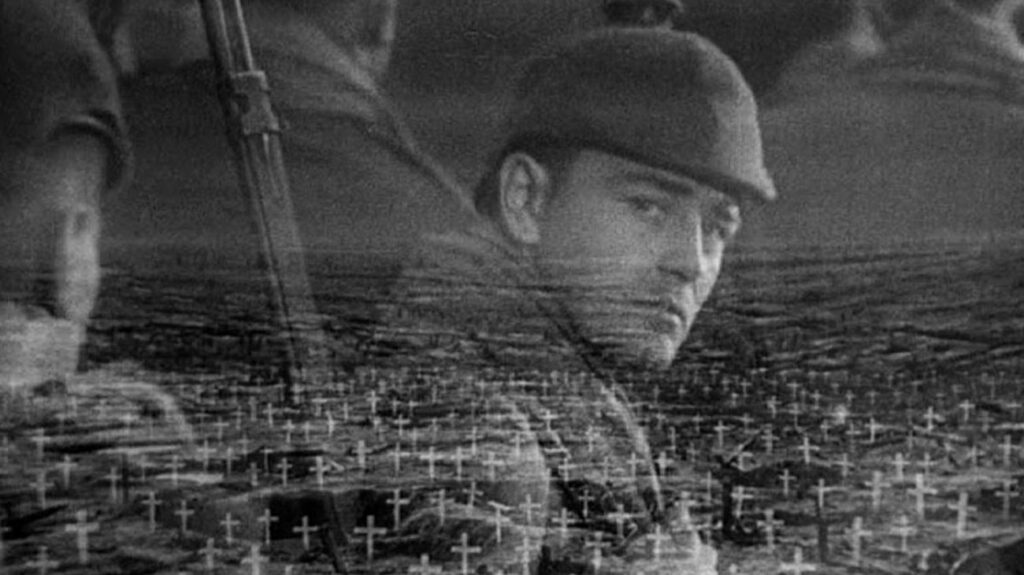
I first watched All Quiet on the Western Front as a college freshman while falling head-first into the classic film rabbit hole. After watching a couple of creaky talkies like The Broadway Melody, I was completely floored by Lewis Milestone’s expertly directed adaptation and the empathy given to characters my age. It instantly became one of my favorite films, so much so that the original 1930 adaptation to this day honorably holds one of my top four films on Letterboxd.
With last year’s critically acclaimed German adaptation, I thought it high time to finally read Erich von Remarque’s classic anti-war novel for myself. Did it hold up to the grandeur of the Best Picture-winning classic? How do the subsequent adaptations differ?
With my final entry in this year’s Classic Film Reading Challenge, I’m getting to the bottom of it. Spoilers ahead even though I think most of us can surmise the ending of an almost century-old, anti-war novel.
1928 Novel: International Best-Seller
German-born Erich Maria Remarque drew from his own harrowing experience serving in the trenches of World War I when writing his 1928 novel All Quiet on the Western Front. Released a decade after the end of The Great War, the novel became a major success in both Europe and America. Amidst the overwhelming pacificism still popular before the leadup to World War II, 1920s audiences resonated with the honest and ugly depictions of young soldiers’ lives.
The novel follows Paul and a group of fellow classmates’ experiences in the German army during World War I. Encouraged by the patriotic sermonizing of their schoolmaster, all of Paul’s class volunteer to fight for the Fatherland. The romantic tales of warfare so prevalent on the homefront immediately fall away as wildly unrealistic propaganda the moment the soldiers report to training. We follow the group of boys for nearly two years as many die, get wounded, and become lifeless shells of their former selves in the daily hell of the front.
Through Paul’s narration, we learn about the everyday life of a soldier in the trenches. From haunting scenes, such as soldiers terrified of wounded horses’ screams, to humanistic moments, such as Paul’s night in a trench with a dying Frenchman, the novel pulls you in from the start and never lets up.
Left: Remarque as a soldier in 1917. Right: Remarque in civilian life.
Even through the most depressing and death-filled moments, Remarque injects such empathy that you can’t help but grieve with both the dead and the survivors robbed of their humanity for a pointless war. Remarque fills the narrative with lively and human characters. Katczinsky, a 40-year-old former cobbler who mentors Paul’s young group, is my favorite of the bunch, a grizzled, middle-aged man with a nose for food and a penchant for dark quips. Paul’s thoughtful, introspective narration acts as Remarque’s mouthpiece to write some beautiful prose about life and death.
Remarque excels at portraying the effects of the constant threat of death and the loss of humanity that slowly grates away at all the young boys sent out in these horrid conditions. But Remarque also has his eyes on more than just a begone war. Remarque succinctly summarizes the effect his novel would have on the world in his short prologue:
This book is to be neither an accusation nor a confession, and least of all an adventure, for death is not an adventure to those who stand face to face with it. It will try simply to tell of a generation of men who, even though they may have escaped its shells, were destroyed by the war.
Remarque exemplifies the Lost Generation best not just by realistically portraying everyday life in the trenches but by contrasting the experiences of soldiers with the indifference of those at the homefront. When Paul returns home on a two-week leave after an extended stay in an infirmary, the weight of being a soldier stays with him.
Paul lies to his mother about just how unsanitary conditions are at the front to protect her. He lies to his dead friend’s mother that her son passed away peacefully rather than tell her about his prolonged suffering in a crowded hospital after his amputation. Paul’s father and his friends try to explain to him just how the German army can break through and win the war, treating the war like a game of wits instead of the horror Paul knows it to be. Paul, now conscious of the futility of life and his country and society’s inability or unwillingness to protect even the young like him, can’t enjoy his leave and fears that he may never be able to enjoy a simple normal life if he happens to survive the war.
For Remarque, war is not confined to the battlefield but a psychological scar that will mercilessly haunt each soldier for the rest of their life decades after their brief time at the front. As Paul lies amongst the wounded and dying in an army hospital, he speaks Remarque’s most cutting thoughts:
I am young, I am twenty years old; yet I know nothing of life but despair, death, fear, and fatuous superficiality cast over an abyss of sorrow. I see how peoples are set against one another, and in silence, unknowingly, foolishly, obediently, innocently slay one another. I see that the keenest brains of the world invent weapons and words to make it yet more refined and enduring. And all men of my age, here and over there, throughout the whole world see these things; all my generation is experiencing these things with me.
What would our fathers do if we suddenly stood up and came before them and proffered our account? What do they expect of us if a time ever comes when the war is over? Through the years our business has been killing;–it was our first calling in life. Our knowledge of life is limited to death. What will happen afterwards? And what shall come out of us?
Remarque uses Paul’s tragic loss of innocence to drive home just how much the war’s survivors forever lost their ability to live a normal life. Beyond the more noticeable tragedies of death, amputations, injuries, and trauma, Remarque keys upon the hope and trust his generation lost fighting a pointless war that their communities, families, and country pushed on them. These men became all alone, knowing that nobody would or could do anything to protect them except for themselves.
It’s one thing for a book or film to tell you war is hell. All Quiet On the Western Front widens its scope to condemn dangerous nationalism and careless political leaders while keeping the narrative intimately focused on a small group of ordinary German boys. With such a striking, timeless message, it’s no wonder that filmmakers took on the arduous task of adapting a literary classic onscreen.
Advertisement or the 1930 Film Adaptation touting the success of the novel.
1930 Adaptation: Best-Picture Winning Classic
Hollywood often takes best-sellers and adapts them for the screen hoping to ride the success of the novel’s popularity to big box office returns. Universal’s 1930 All Quiet On the Western Front is the rare adaptation that manages to match the brilliance of the original source material and rack up major profits. By maintaining the heart and tone of the original novel, Milestone beautifully translates the story from the page to the screen.
Several changes were made to the structure of the narrative to make it more cinematic. Instead of beginning at the front and flashing back to tell how the soldiers enlisted and adjusted to life in the trenches, we begin in the boys’ classroom where Professor Kantorek bombastically delivers a patriotic speech that entices the whole class to enlist. Because we start with their enlistment and training, the audience feels the same shock and horror that the young soldiers do when they first arrive at the front which heavily contrasts with the heroic picture painted by their teacher and military superiors.
Professor Kantorek inspires the whole class to enlist.
The film’s ending was an original idea. The book ends with a brief paragraph in the third person announcing Paul died unceremoniously on a day that the official army report simply stated that all was quiet on the Western front. In the movie, a French sniper kills Paul when he reaches over the trench to appreciate a beautiful white butterfly. Silent besides a soldier’s harmonica playing from the trenches, it’s a beautifully tragic ending that conveys Remarque’s own vision of the war cutting short such an optimistic generation.
The most impressive scene of All Quiet on the Western Front takes an anecdote from the novel and expands upon it using an inventive montage. In the book’s first chapter, the boys take Kemmerich’s boots since he’ll no longer be able to put them to use after his foot’s amputation. After the boys leave the infirmary with Kemmerich’s shoes, Milestone shows us a montage showing several soldiers marching in Kemmerich’s boots on the battlefield as they fall to their deaths. Through just the visual image, we immediately understand the massive scale of death and the fact that a pair of boots is more useful to the war effort than the lives of several young soldiers. Absolutely stunning. The man certainly earned his Best Director Oscar!
The boots in combat.
Despite its release amidst an era when filmmakers were still learning how to best integrate synchronized sound into their films, All Quiet on the Western Front‘s fluid camerawork and restraint in spoken dialogue stand out amongst its contemporaries. For instance, after Paul’s death, the film’s last shot simply shows a shot of the dead 2nd Company soldiers marching superimposed over a cemetery with nothing on the soundtrack. The lack of scoring during this time in Hollywood really heightens the reality of the film and never cheapens the emotional impact of its best scenes.
Released before the Production Code was heavily enforced in Hollywood, the film is able to show more violence than your typical Hollywood production of the era. An explosion leaving a soldier’s dismembered hands clinging to barbed wire remains one of the most gory, chilling shots in classic Hollywood. Sex is also discussed more frankly as the soldiers spend a night with three French women driving home how desperate these young men are for basic companionship and the semblances of a normal life.
One of the most poignant finales to any film.
Another remarkable aspect of the 1930 version is the use of silence. So many directors really banked on all-talking pictures to fill every second with someone talking, whether it adds to the story or not. Some of the most heart-wrenching moments of the film come in near silence with only bombs or gunfire surrounding us and the characters. The final shot following Paul’s death superimposes an earlier shot of the Second Company marching over a graveyard to great emotional effect.
Even with the changes made in adapting Remarque’s novel to the screen, the film incorporates numerous anecdotes and conversations from the book often building upon them or slightly changing the dialogue to better match the characters as depicted onscreen.
The 1930 screen adaptation of All Quiet on the Western Front is not just the definite version of Remarque’s novel but one of the best book-to-film adaptations ever. No matter how many times I revisit the film, I’m an emotional wreck upon each viewing. The film perfectly adapts the tragic spirit of Remarque’s novel by making structural and stylistic changes to properly bring the story into a wildly different artistic medium. See it if you haven’t.
1979 Adaptation: World War I on TV
Audiences would have to wait nearly fifty years for a second adaptation of All Quiet on the Western Front, this time helmed by Delbert Mann—winner of Best Director for Marty—in a made-for-television film. Because of World War II’s clear distinction between good versus evil, it makes sense the novel wouldn’t be tackled again until after the Vietnam War taught many of the same lessons of World War I to the American public.
The 1979 film aims to be more faithful plotwise to the novel than the 1930 version, following the structure of the novel starting in the trenches and then flashing back to the 2nd Company’s training and first days at the front. While this structure works well in the novel, placing us immediately in the trenches blunts some of the emotional impact of the soldiers’ first visit to the front. Telling the story chronologically better highlights the innocence and youth of Paul and his friends.
Paul brimming with optimism reports to training.
The film is filled with voiceover narration from Paul, often quoting word-for-word passages from the novel. Whether the voiceover was meant to more faithfully follow the novel or to hide some of the film’s lower budget, its frequent use distances the audience from the characters onscreen and tells the audience what the director wants us to know instead of showing us.
The film’s best stretches are uninterrupted by flashbacks or voiceovers and let the stacked cast light up the screen. Ian Holm (Himmeltoss), Patricia Neal (Paul’s mother), Donald Pleasance (Professor Kantorek), and Ernest Borgnine (Katcinsky) provide the star power while Richard Thomas, best known as playing John-Boy on The Waltons, anchors the film as Paul Baumer. Being my favorite character in the book and the 1930 adaptation played wonderfully by Louis Weilheim, it’s no surprise I really enjoyed Borgnine as the grizzled elder soldier tasked with training the 2nd company. Borgnine might be a bit too old to play the forty-year-old but he makes the part work.
Borgnine’s Katcinsky steals the show.
Himmeltoss, formerly a mailman from the boys’ town but now a mercilessly abusive drill sergeant, receives more screentime in this version. Played superbly by Ian Holm, we see Himmeltoss transform from the sadistic drill sergeant hovering over the men in training to a humbled, frightened foot solider hiding in a manhole instead of running through No Man’s Land during an assault. The Kaiser himself visits the men and gives Himmeltoss an undeserved metal, further driving home how out of touch the top brass are from the front’s everyday life.
While doing a good job differentiating itself from the original 1930 adaptation, this version also borrows from some of the 1930s plot points. Paul’s death is handled very similarly. Instead of collecting butterflies, Paul frequently sketches nature in the classroom before the war. A French sniper kills Paul as he stands slightly up above the trench trying to sketch a bird perched on a tree, looking at peace and happy for the first time since the beginning of the film. Text appears over the screen from that day’s army report: “All Quiet On the Western Front”.
Ripping a page straight from the novel for its finale.
The overall production quality, especially for a TV Movie, is top-notch. Shoot mostly on-location in then Czechoslovakia, the landscape and trenches double perfectly for early 20th century Europe. The film’s drab use of color adds an extra dimension of realism unavailable to the 1930 adaptation, emphasizing just how lifeless and soul-sucking life in the trenches proved to be for its soldiers.
The film was well-received upon its CBS broadcast, winning two well-deserved Emmys for editing and art direction. Ernest Borgnine and Patricia Neal got acting nominations alongside nominations for the film’s cinematography and directing. It would ultimately lose the Emmy for Outstanding Drama or Comedy Special to the 1979 TV adaptation of The Miracle Worker.
The lifeless brown of No Man’s Land.
Also a random fun fact about this production: the producers paid $100,000 for the rights to Remarque’s widow who happened to be actress Paulette Godard! What a small world Hollywood is. And boy did Godard love her men to have a strong anti-war stance!
Overall, the film still works and translates a lot of Remarque’s anti-war message to the screen. Aiming to copy word-for-word the text of the novel, however, it fails to differentiate itself from the novel and become a moving cinematic work like the 1930 screen adaptation.
2022 Adaptation: Germans Take the Reign
The third cinematic adaptation of All Quiet on the Western Front, helmed for the first time by a German crew, couldn’t have hit at a more relevant time. Months before the film’s release in the Fall of 2022, Russia invaded Ukraine in an attempt to topple their decromatically elected government and annex their country. A timely ‘war is hell’ narrative resonated with audiences as it surprised everyone winning four Oscars—Production Design, Score, Cinematography, and International Feature—at this year’s Academy Awards.
The 2022 adaptation is a well-produced war movie but a terrible adaptation of the Remarque novel. While changes to the material can be fruitful as shown by Milestone’s 1930 adaptation, many of the changes made in the 2022 adaptation either blunt the impact of Remarque’s novel or completely undercut them. I would have much rather the filmmakers use their talent to make a different war picture rather than a loose adaptation of a novel they felt needed massive changes to resonate with modern audiences.
A very well-deserved Production Design win.
First, the positive aspects of this production. Taking advantage of its R-rating, the hand-to-hand combat matches the vivid, horrific descriptions in the novel which neither previous version realistically could aim for. We see guts pouring out of dying soldiers, severed limbs, and infected wounds. The production design recreates the claustrophobic, muddy trenches that suffocate the soldiers with disease and dirt. Realism is achieved, accurately recreating the hellish conditions of the unforgiving World War I battlefield.
The acting is superb all across the board, especially from the young soldiers. I especially enjoyed a much younger-looking Katcinsky played by Albrecht Schuch. He’s able to clearly exude his life experience and pragmatism while still being a friend amongst the much younger soldiers.
The young soldiers arrive at the front.
Now onto the major issues. The biggest changes I take issue with are inserting the peace dealings with Germany’s leaders, excising Paul’s leave home, and Paul’s dramatic death. After Paul and the Second company arrive at the front, the film introduces a subplot of the German State Secretary Matthias Erzbinger meeting with higher-up military officials. Based on a real-life figure, we enter the highest rooms of the German commands as Erzbinger desperately attempts to convince the commanders to appeal for an armistice following the heavy losses on the battlefield the army has encountered.
While no doubt an interesting aspect of the war and story that could be really interesting coming from a German perspective, this subplot is completely out of line with the personal nature of Remarque’s work. Introducing a character speaking for the welfare of the soldiers undercuts the hopelessness felt by the soldiers. Seeing hesitant generals also gives us a concrete villain to blame rather than addressing the wider issues of nationalist fervor that is to blame for starting the war in the first place.
Matthias Ezberger fights a losing battle with the German high command.
With the time spent on German leaders, the filmmakers jettison Paul’s time in the infirmary and his brief leave at home. Without Paul’s return home, we don’t see how his time at the front has made him incapable of living a normal life. We don’t get to see the poverty suffered by his family at home or the patriotic fervor of the townsfolk oblivious to the horrors experienced by those fighting this losing war. While we see stubborn military leaders, the film completely fails to widen the blame of the war on the complicit, flag-waving common folk more than willing to pressure young men to enlist.
Lastly, Paul’s death dramatically alters the message of Remarque’s novel. With the armistice signed and set to take effect at 11 a.m. on November 11, 1918, Paul’s haughty superior officer orders a final attack at 10:45 a.m. to leave Germany with one final victory before its ultimate defeat. After charging into the French trenches, Paul lies dying just as the clock turns to 11.
Mud, mud, and more mud.
The filmmakers attempt to heighten the tragedy of Paul’s death by placing it in a needless attack at the very end of the war. But the whole war is pointless! Ludwig’s death on the first night at the front is no less tragic and unnecessary than Paul’s death as the war ends. Paul’s death occurring on just another ordinary day at the front lines better captures the unceremonious sacrifice. Plus isn’t his death more tragic when he is killed simply for trying to capture the little beauty found on the front instead of a last-minute pyrrhic victory?
The other two adaptations do a much better job of depicting the mental toll wrought on the war’s survivors. War is hell has been done before making 2022’s All Quiet on the Western Front just another war film, albeit with extraordinaryly harrowing combat scenes. While the crafts of the film are top-notch, it does little to enhance Remarque’s groundbreaking novel. And don’t get me started on how its three-note score somehow beat out Babylon’s at the Oscars.
The Final Verdict
If you weren’t required to read the original novel in high school or haven’t visited it in a while, I’d highly recommend diving headfirst in. Remarque’s work remains just as fresh and moving today as it was in 1928.
Even with the shortcomings of the later two screen adaptations, I think all three films are also worth watching before or after reading the original novel. While the 1930s film remains the best adaptation and one of my favorite films of all time, both the 1979 TV film and the 2022 film have their own strengths. Watching all three really shows the different ways to adapt a piece of literature onto the screen.
This is my sixth and final review for the 2023 Classic Film Reading Challenge sponsored by Raquel Stecher of Out of the Past. Make sure to subscribe to my email list to get more great posts and be the first to learn what I’ll be reading and reviewing for next year’s summer reading challenge:
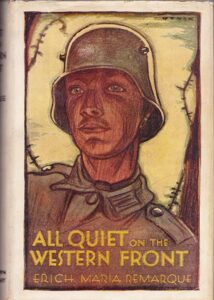
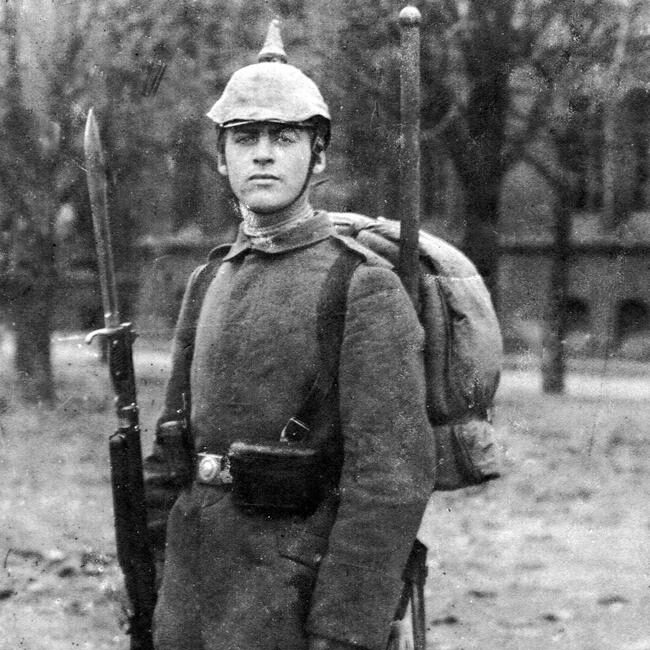
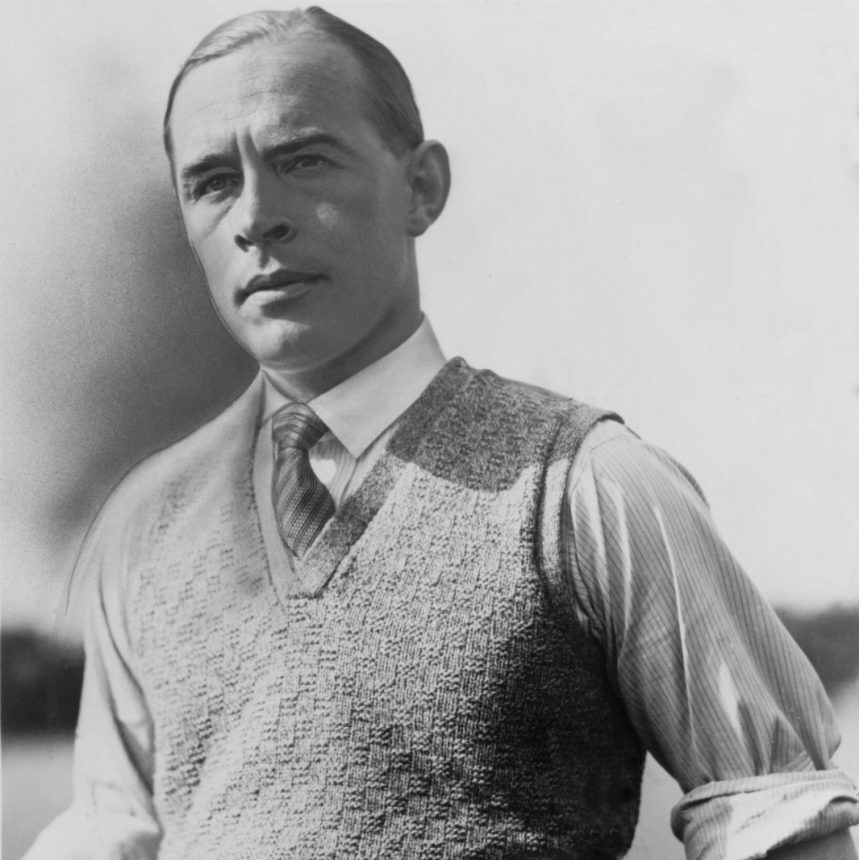

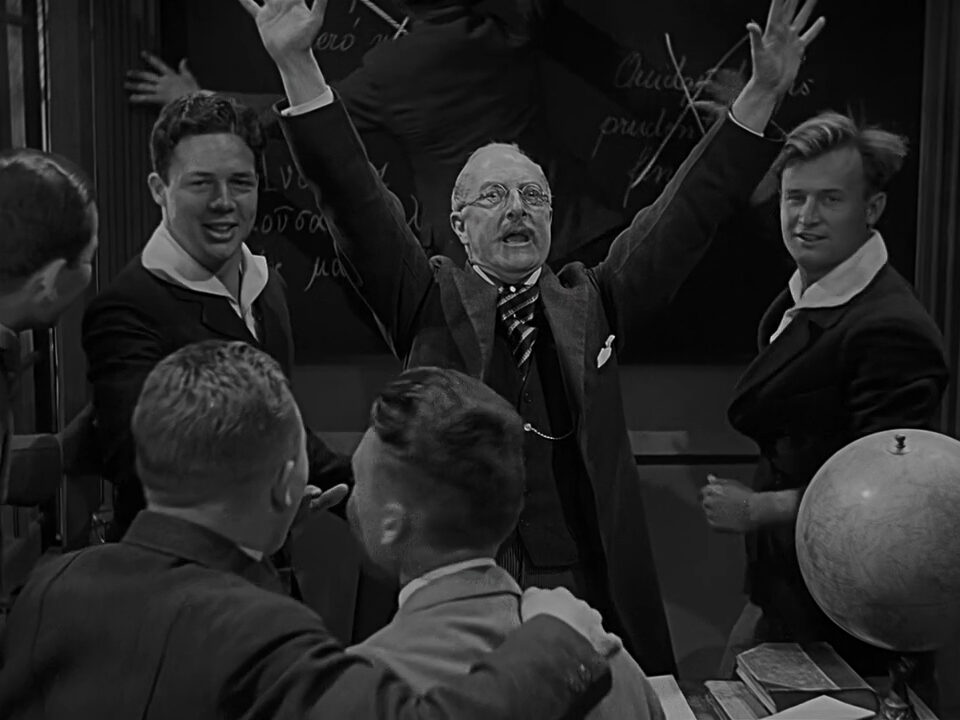
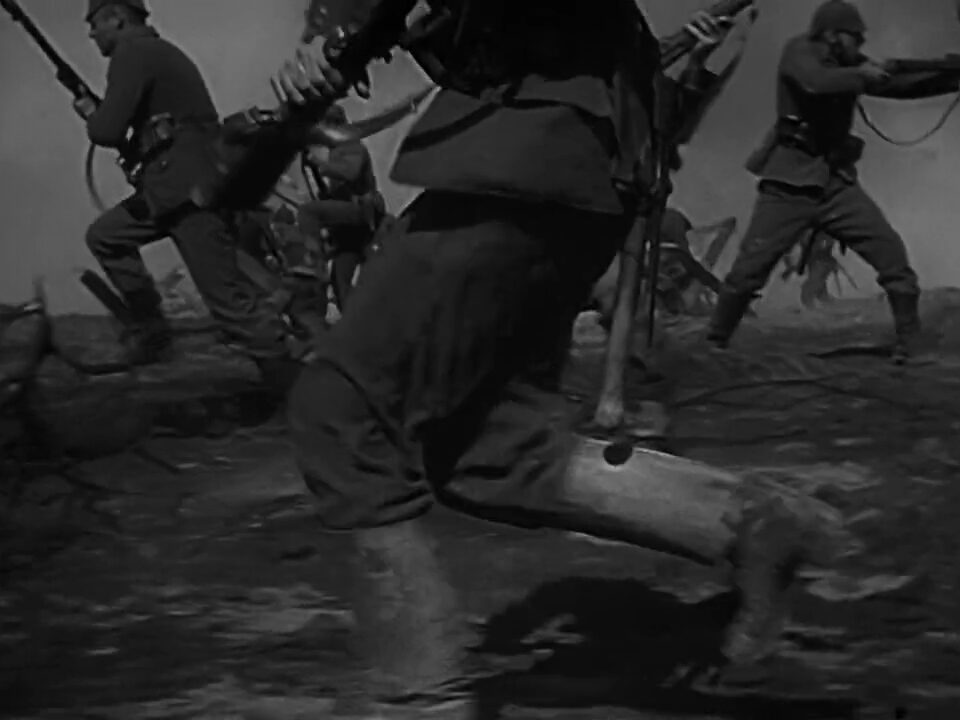
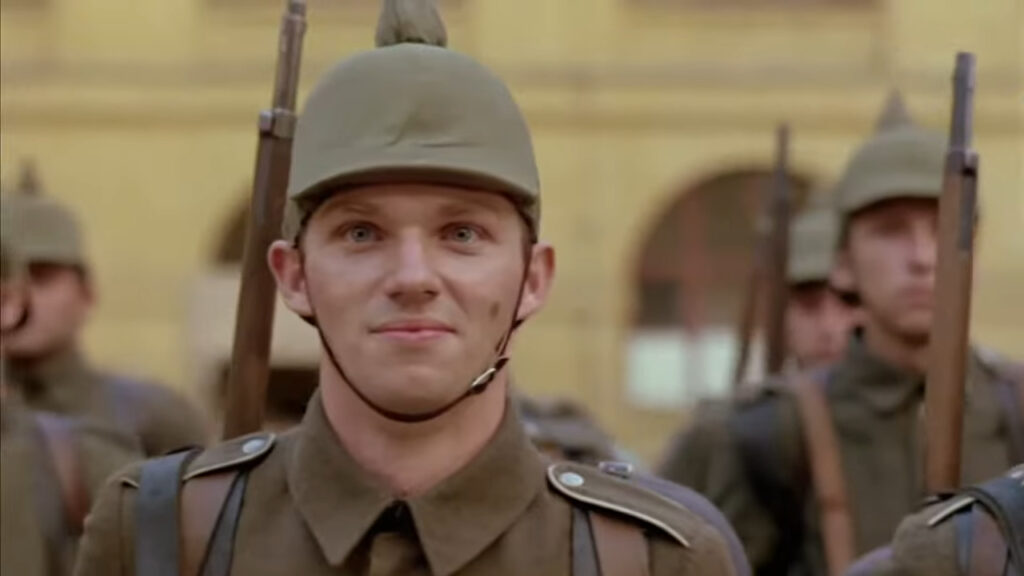
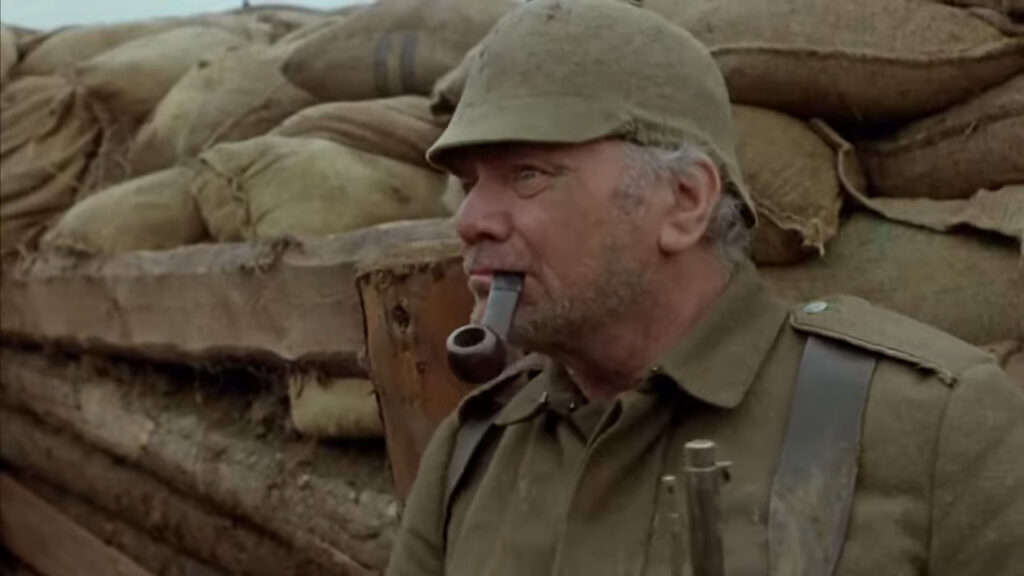
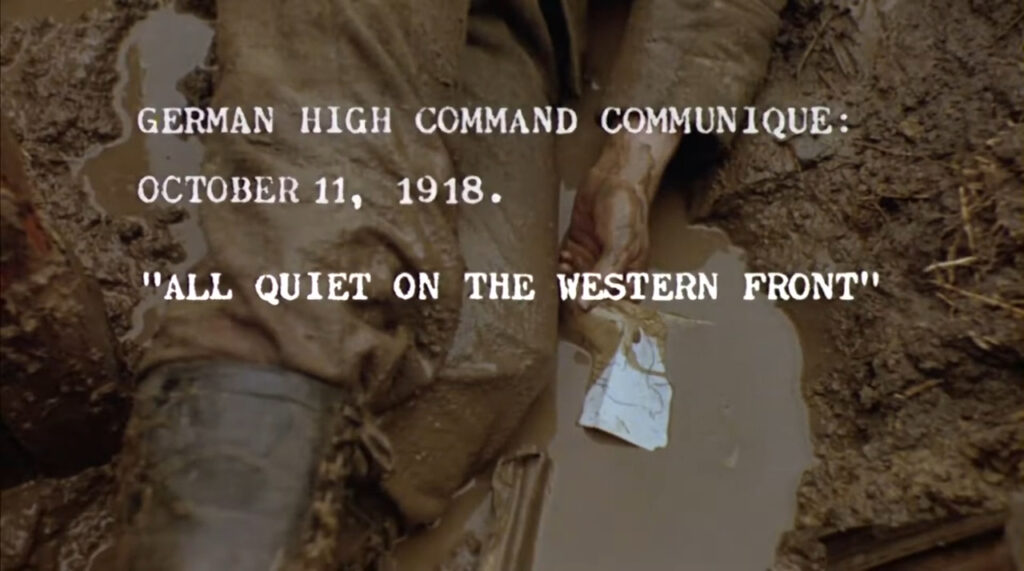
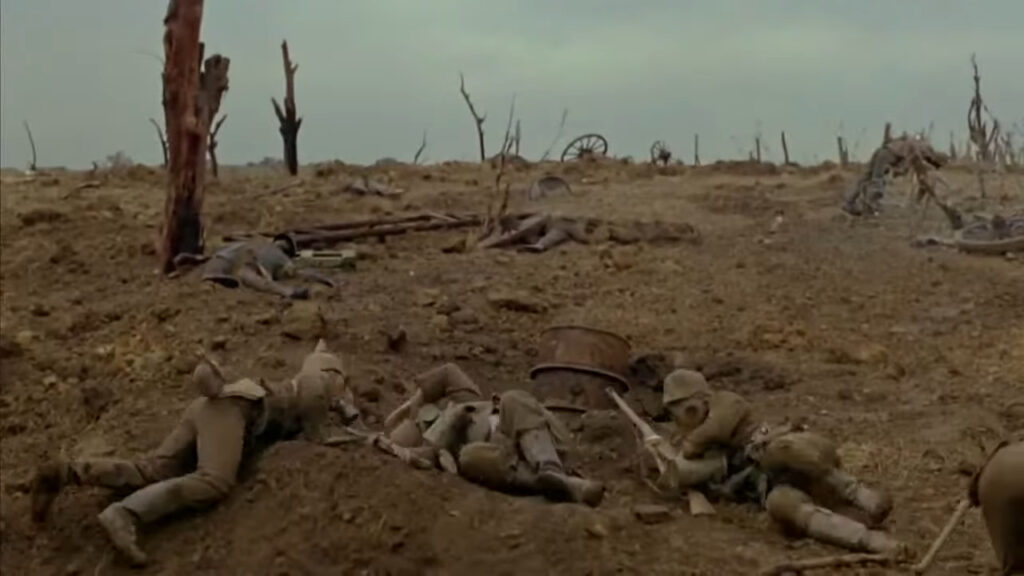
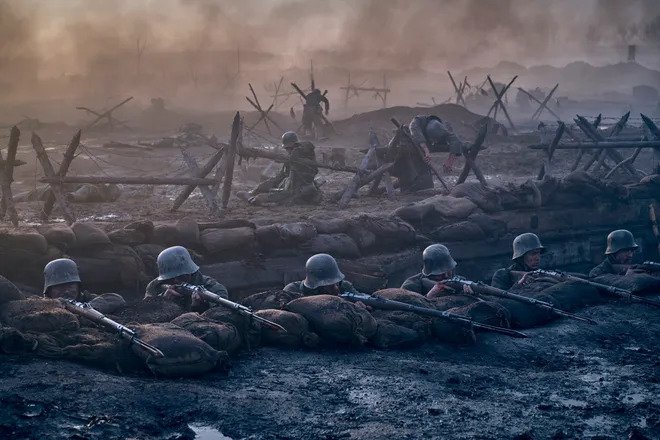
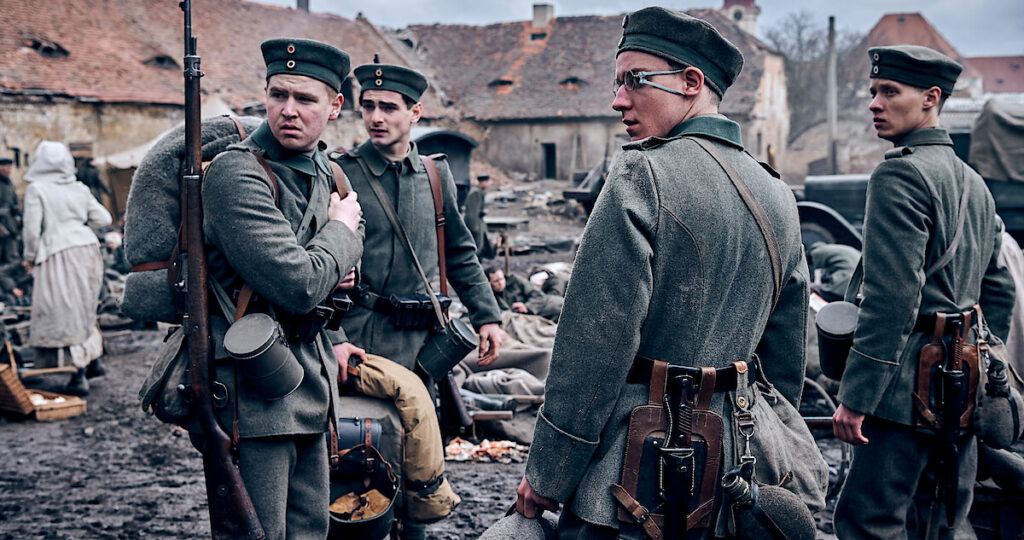



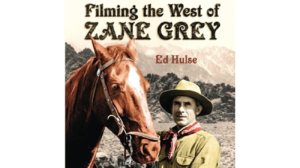
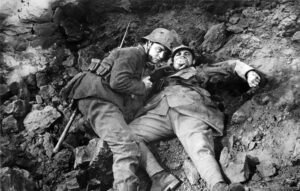

Another outstanding post, Shawn! I never even thought about reading this novel, and I still don’t think I will — but I sure am considering it! Your book review was superb, and I greatly enjoyed your look at the three filmed versions. I only saw the first and the last (although I clearly remember when the TV version aired), and I didn’t care for the 2022 film at all. It was far too gory for my taste — I thought so much of it was so unnecessary — I agree about the subplot (I didn’t even know what was going on for a bit), and I hated the ending. First-rate post, all around.
Thanks so much! It’s definitely not an easy read or watch but great nevertheless. Glad I’m not the only one that didn’t connect with the recent adaptation since it got a lot of praise when it came out.
Great analysis! I too love Milestone’s adapted version and ‘appreciate’ the original story for its bleak, stark artistry of man’s horrible depths. Just a query because you repeat it twice, but Paul being German, the sniper that shot him was likely from the French/Anglo side, no?
Oops, fixed the slip-up. That would have changed the story considerably haha.